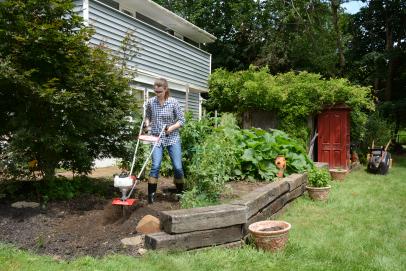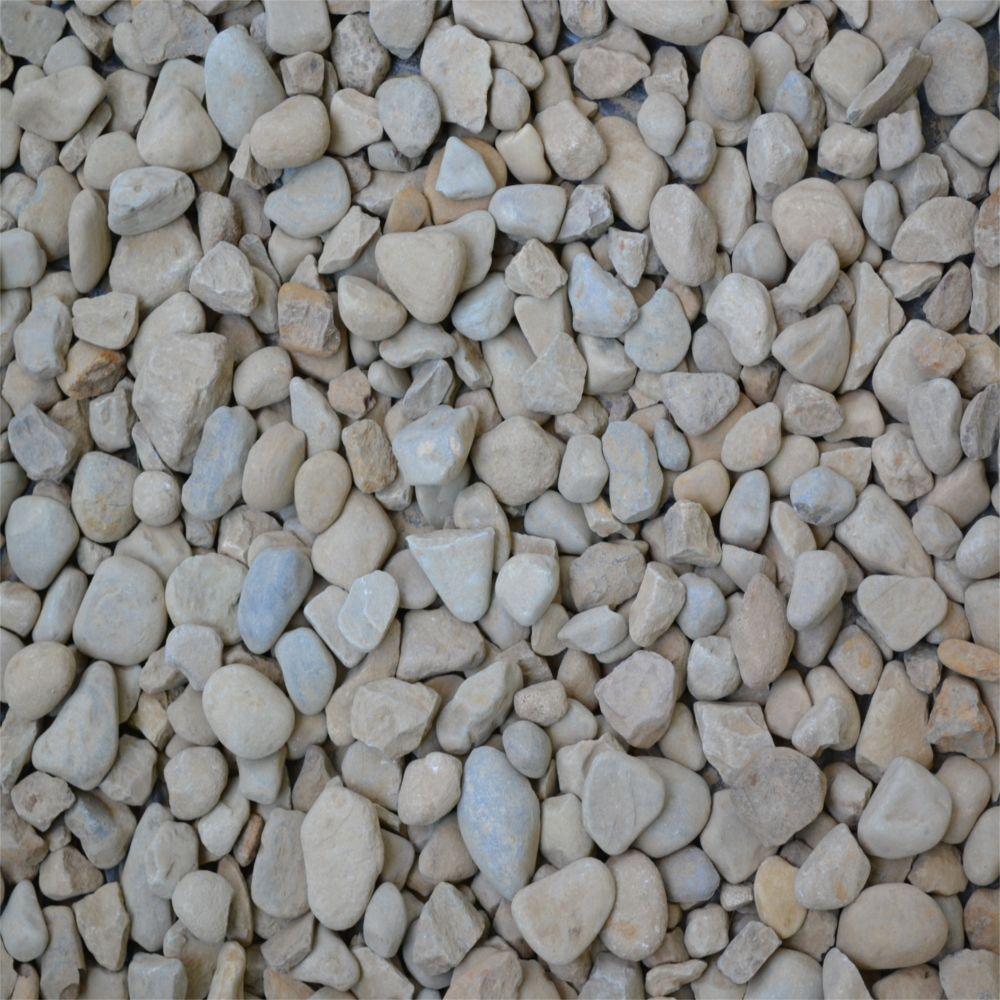Division of Farming plant strength area 5, but can likewise live in the warmer areas of area 4. Enthusiasts plant them as specimen trees, windbreaks, bushes and also screens. There are lots of selections on the market, with multicolored vegetation and blossoms. Hosta leaves are remarkable as well as huge, adding shade as well as texture to the landscape. These plants can grow up to 4 feet, depending on the particular variety, forming substantial globs.
How fast do eastern red cedars grow?
The Red Cedar is not really a Cedar but is actually a juniper. It has a medium growth rate of 12-24” per year with sticky foliage that is a dull green from spring to fall, and in the winter can be green or turn brown or purple.
WindbreakTrees.com
What can eastern red cedar be used for?
Eastern red cedar is a tree. The wood, berries, and leaves are used for medicine. People take Eastern red cedar for cough, bronchitis, joint pain (rheumatism), water retention, and flatulence. They also take it to improve appetite and digestion, and as a treatment for fungal infections and worms.
If the market is filled with cedar wood, you might want to wait 6 months to a year before lowering your trees to see if the value increases. Relying on the number of trees you have, where you live and also the condition of your tree, cedar trees on your land might regulate a good cost.

How do red cedar trees grow?
Red cedars can also be propagated via cuttings. Cuttings should be taken in late fall, winter or spring when the tree is https://foros.uapa.edu.do/profile/33431/gunnalgqf7 dormant and the sap has slowed. Try to take the cutting in the early morning. To grow a cedar from a cutting, you will need a 3- to 6-inch piece of current year's growth.
In sandy soils or hot, windy problems, you might have to water them a lot more regularly. Spread 2 to 4 inches of wood chips under the tree to conserve moisture and also maintain weed growth down. Spread out the fertilizer on the ground under the tree, gently till it in with a rake or hoe, and also water well.

- Its vegetation turns greenish-yellow or brownish in the autumn and also winter.
- The trunk is covered in furrowed reddish-brown bark that transforms grey as the tree matures.
- When squashed, the scaly dark-green fallen leaves have a resin gland that generates a fragrant odor.
- It expands between 50 as well as 70 feet tall with a 25-foot spread in growing, yet wild trees can get to elevations of 200 feet.
- Western red cedar (Thuja plicata) has an all-natural conelike shape.
Eastern Red Cedar - juniperus virginiana
Star-like flowers grow on arching racemes in colors of pink, white, yellow or red, relying on range. The vegetation on some cultivars can be extra attractive than the blossoms, with a bronze and even purple color. Epimediums blooms much more prolifically with occasional water.
Both Eastern as well as Western red cedars are offered in cultivars, or grown varieties. Juniperus virginiana "Grey Owl," for example, grows around 18 feet tall with a 3- to 6-foot spread, and also yields silvery-blue foliage with a fine appearance. The vegetation on "Emerald green Guard," a female Eastern red cedar cultivar, typically keeps its dark green shade throughout the winter months.
Plant eastern red cedars in damp to dry dirt, given that this tree does not endure waterlogged dirt. Examine the roots, and cut away any damaged or excessively long roots with a set of pruning shears. Eastern red cedar trees (Juniperus virginiana) are cone-shaped trees covered with fragrant dark green needles. This evergreen, belonging to eastern North America, expands in UNITED STATE
How far apart do you plant red cedar trees?
Unlike most invasive species, eastern redcedar is a native plant. It has become an invasive species ever since Europeans settled Nebraska. The reason why it is an invasive is because it is highly susceptible to fire. Eastern redcedar is an evergreen tree that can grow to a height of 30 to 35 feet.